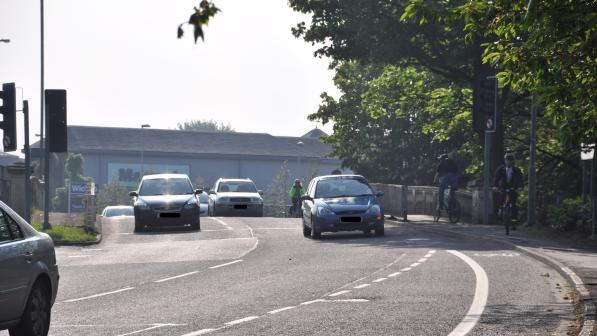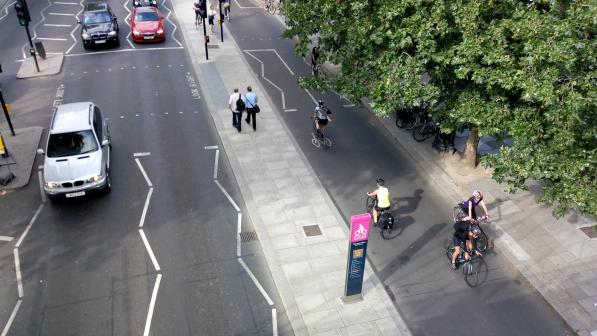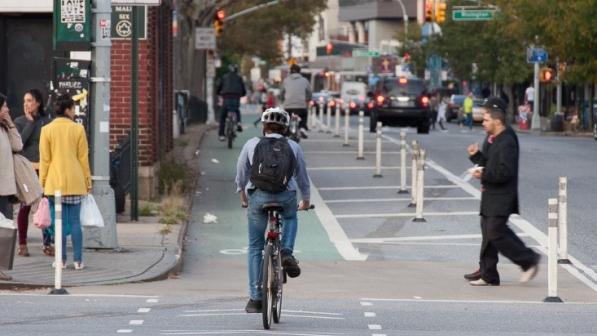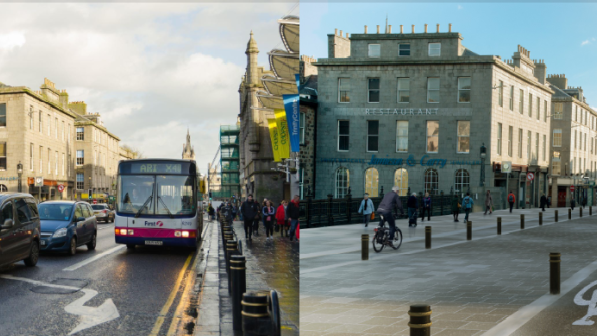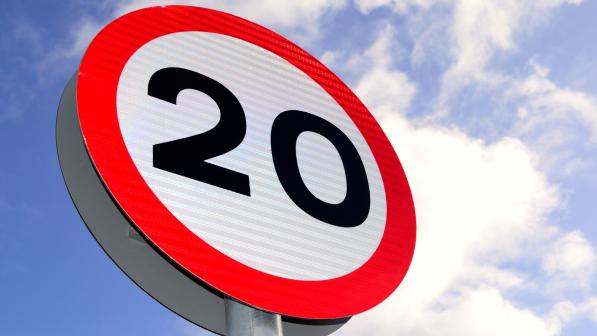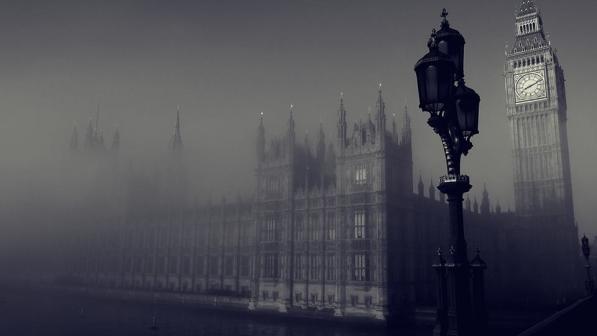Why a Clean Air Strategy needs active travel investment

A health emergency
“Air pollution is a health emergency”, these are the opening words of Health Secretary Matt Hancock on Monday as he launched the Government's latest attempt at a Clean Air Strategy. These words caught my attention, as did his pithy and accurate summary that “In short: air pollution kills. Clean air saves lives”.
But the words got better, with the Health Secretary talking about how “cycling or walking short journeys instead of driving not only helps our own health, it reduces the health risk to others by helping cut air pollution”. It sounded like he accepted the argument Cycling UK and others have repeatedly made, namely that cycling and walking have consequential health, environmental and economic benefits , and that the promoting active travel should therefore be a cross-departmental priority within government: not something left solely to the Department for Transport.
Liking the tone of what I was reading, including the reference to other government departments and the need for “concerted, far-sighted government action”, I thought I’d better go straight to the 109 page strategy document and see what it said about reducing emissions from transport, one of the stated themes of the Government’s consultation on it’s Clean Air Strategy last year.
Saving the NHS £17 billion
Being impatient I jumped straight to the active travel section at page 54, spotting the heading on investing in cycling with infographics showing how investing in Danish levels of cycling in the UK would save the NHS £17 billion within 20 years, and shifting just 10% of journeys from car to bike would reduce air pollution and save 400 productive life years. And that’s just investing in cycling, without factoring in the benefits of increasing walking journeys.
Unfortunately, recognising the problem and the need for urgent action, and even identifying some of the solutions, doesn’t turn aspiration into a deliverable strategy. It’s here that my optimism waned, because the one page on active travel contains nothing new. It repeats, yet again, what funds are potentially available for investment in active travel, but the government knows that this won’t come near to delivering the targets set out within its own Cycling and Walking Investment Strategy (CWIS) of doubling levels of cycling by 2025, and making cycling and walking a natural choice for shorter journeys. There’s still no plan setting out how they realistically hope to achieve this, let alone the vision of Danish levels of cycling alluded to in the Clean Air Strategy infographic - or even the more modest ambitions of the All Party Parliamentary Cycling Group's of cycling making up 10% of all journeys.
If the Government wants walking and cycling to be the obvious choice for shorter journeys, they‘ll have to invest more to achieve this.
Duncan Dollimore, Cycling UK
Modal shift by magic
So, is my glass half full or half empty? Probably neither. I’m pleased to see the Health Secretary talking about active travel, prevention, cycling and walking instead of driving, and what can be summarised as the need for action across government, which appears to be acknowledged across other departments including transport and environment. But what I was desperate to see was a Clean Air Strategy which set out the new funding and measures needed to achieve a meaningful shift towards walking and cycling. This won’t just happen by magic. If the Government wants walking and cycling to be the obvious choice for shorter journeys, they‘ll have to invest more to achieve this.
At the moment, it seems like Government recognises the need for transport mode shift, but they won’t get there by passing responsibility to cash-strapped local authorities. That’s effectively what’s happening with the process for the preparation and delivery of Local Cycling and Walking Infrastructure Plans (LCWIPS) . All local authorities in England outside London have been encouraged to produce plans mapping potential improvements to walking and cycling in their area, and priority schemes, with 46 authorities or groups of authorities receiving technical support to do so. They’re being asked however to prepare plans with little prospect of securing funding to be able to deliver them, hardly a recipe for enthusiasm and ambition from the local authorities involved.
Take action
If the Government are serious about their CWIS goals, they not only need an ambitions clean transport strategy, they need to own responsibility for delivering this, which means making the funding available either directly or to local authorities to enable them to implement ambitions LCWIPS. Without funding, the Government’s warm words and ambitions will risk failure. That’s why we’re campaigning for more money for active travel, and why we need as many MPs and council leaders as possible to ask the Government to make funding available for authorities to implement their Local Cycling and Walking Infrastructure Plans. So please, if you want more spaces that are safer, healthier, more prosperous and more accessible, please use our online tool to ask your MP and council leader to contact the Government about this important issue.
It will take just two minutes of your time to take action but could help transform where you live, shop, walk and work.
